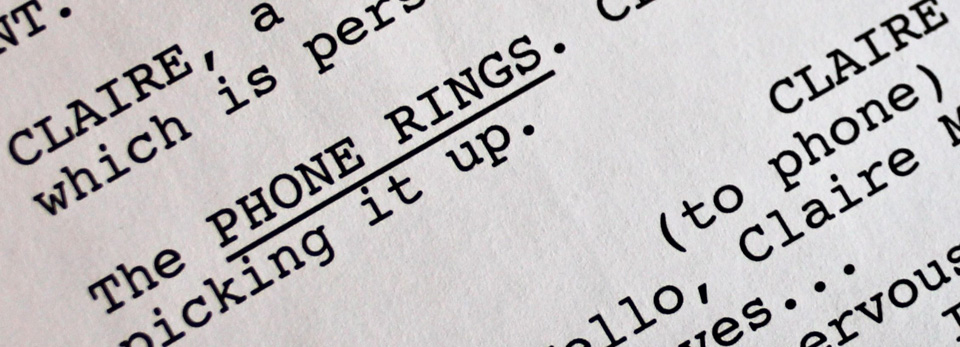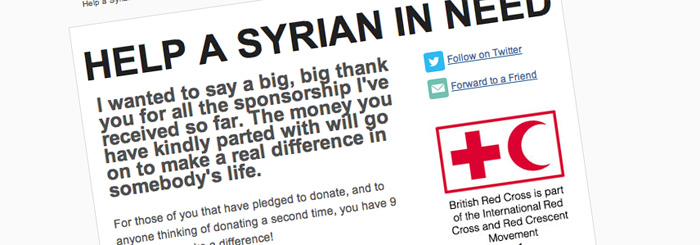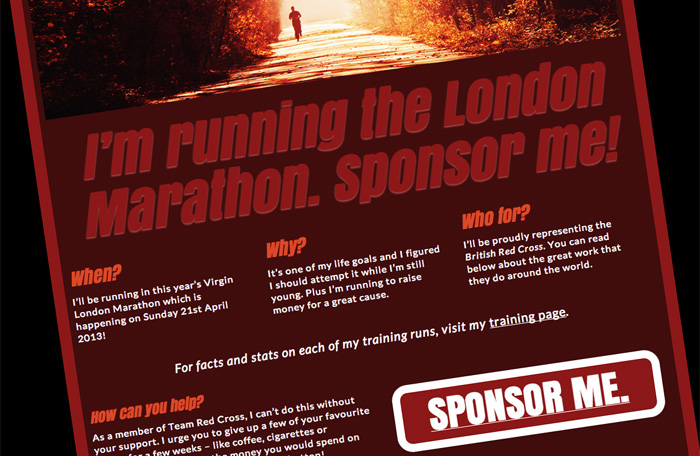How I raised almost £500 with just five e-mails
For any charity or non-profit organisation, fundraising plays a key role in their survival. It’s absolutely vital for staff, volunteers and supporters, to generate enough cash-flow for them to be able to carry out their mission, and the only way to achieve this is through effective, targeted marketing.
Although it’s been around a long time, e-mail is still one of the most effective ways of sending information, and is extremely good at delivering targeted marketing. This is because when a user logs into their inbox, they are there to read emails only, whereas other forms of online marketing, such as Google AdWords, banner ads or social media activity, are presented to the user while they are carrying out other tasks. A user may be reading an article on a news website which has a banner advertisement at the top right – the banner ad needs to compete with the content of the article for the user’s attention, and most of the time it loses out.
That is not to say that other types of online marketing are ineffective, just that the context in which they take place is more challenging compared with e-mail. But, no matter the type of charity, e-mail marketing should play an important role in getting your message out to your supporters.
I recently ran in the London Marathon, and I managed to generate almost £500 in donations for the British Red Cross by sending out just five e-mails over the course of two months. This was possible by following a set of simple guidelines.
Clear, Concise Language
Most people don’t log into their inbox to read an epic, so it’s important to keep emails at a reasonable length. Craft your wording so you are conveying as much information as you can in as few words as possible. For inspiration, read some film scripts – good screenwriters have the ability to convey so much about the emotion of the characters, the atmosphere of the scene, and the sequence of action, in such few lines of dialogue and direction.

In my initial email, I made sure to let the readers know that I was running in the marathon, raising money for the British Red Cross, why I think the charity is a worthy cause to donate to, and where they can go to donate.
Compelling Content
It’s tricky to ask someone to donate to charity, you need to strike a fine balance so as not to sound too preachy. Many people will switch off if they think they’re having beliefs forced down their throat. Instead, give compelling reasons for supporting the cause, in terms that they can understand quickly, and can’t find objections to. It’s also important for each email to sound fresh by having a different take on the subject.

For my fundraising, I stated what certain donation amounts could help the Red Cross deliver, for example, “£20 can provide treatment to over 60 people affected by Cholera in Tanzania”. It’s more difficult to object to a donation when it can make such a difference. I also themed each email – for example, one of which was an introduction to my charity, another focused on their work helping those affected by the conflict in the Syria.
One Call-to-action

The aim of every email is to make the reader perform an action, more often than not to donate. Marketing emails should include as few links as possible that take the reader’s attention elsewhere, and for major call-to-actions, like a donation, large obvious buttons are advised.
In all but one of my emails, I featured a large red “sponsor me” button that pointed to my Virgin Money fundraising page where users could donate safely. Many people scan what they are about to read to get an idea of the content and length, so large buttons are noticed immediately, meaning the readers know what is expected of them.
Use landing pages
You can’t always include everything you want to say in an email, so it’s important to have supporting material that readers, who do wish to learn more, can find.

I built a landing page to support my email campaign which I linked to in every email. It featured reasons for donating to the British Red Cross, a list of donation amounts and what they could buy, video case studies, and information about each of my training runs sourced from my running app.
Conclusion
E-mail marketing can be an extremely effective way of getting your message out to your supporters. It is one of many cogs in the marketing machine, and becomes very effective when coupled with a strong brand identity, consistent message across all channels, and honesty and transparency. By using the above recommendations, I believe any charity will see an improvement in reader engagement. While my email campaign was small, and focused on friends, family and acquaintances, I was pleasantly surprised by how clear and compelling content, bold call-to-actions, and landing pages, can make a strong argument for a donation.
In part 2, I will discuss how analytics can be used to measure success, and inform on decision makings.


